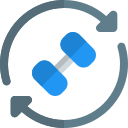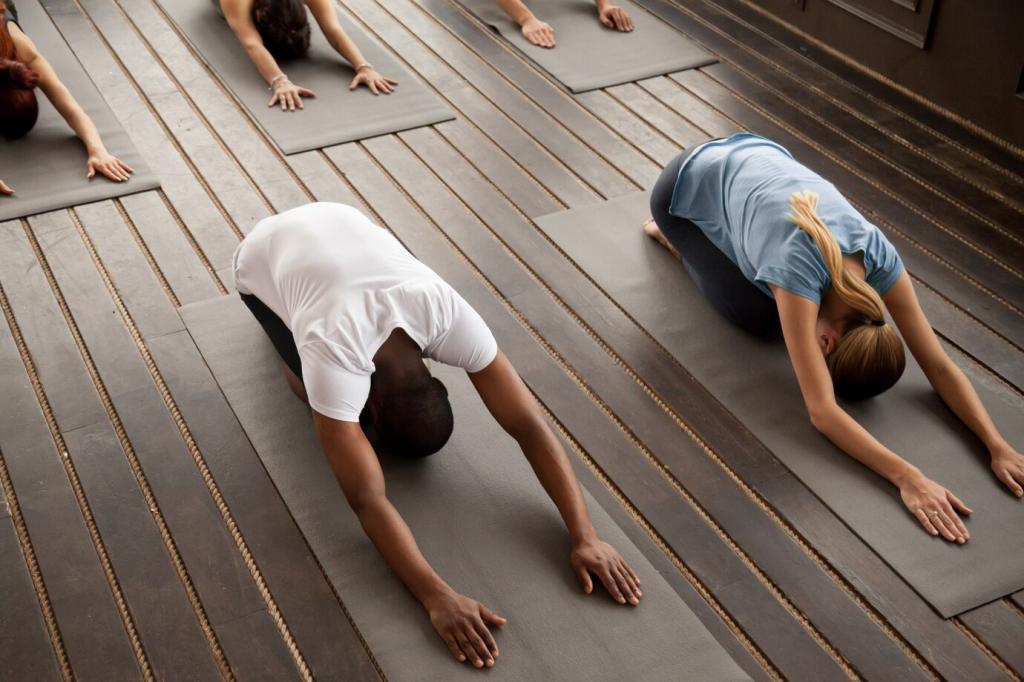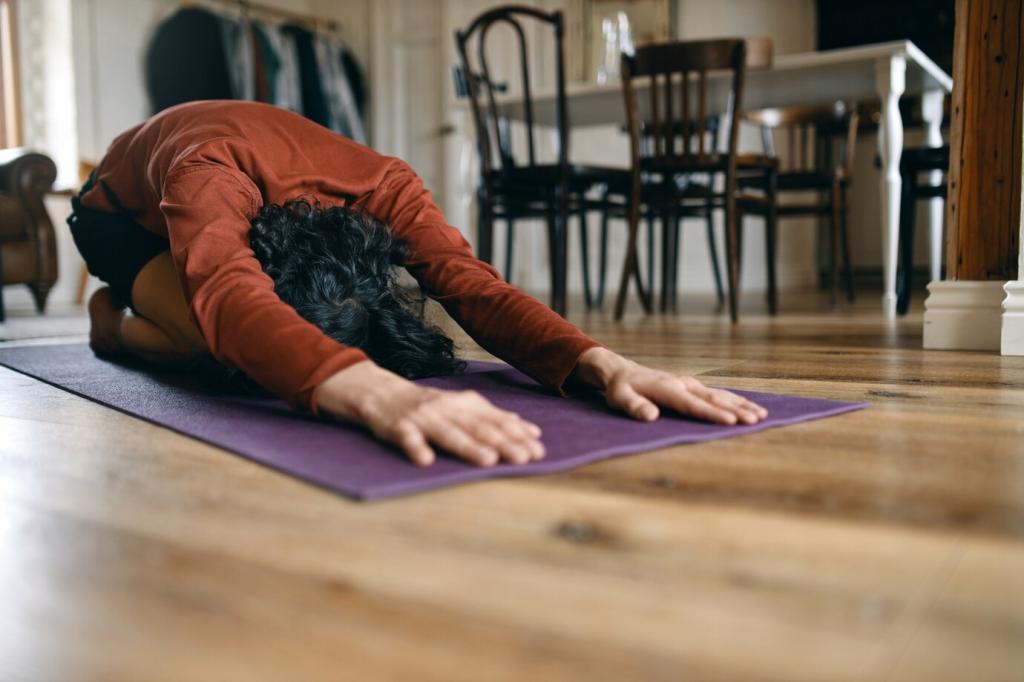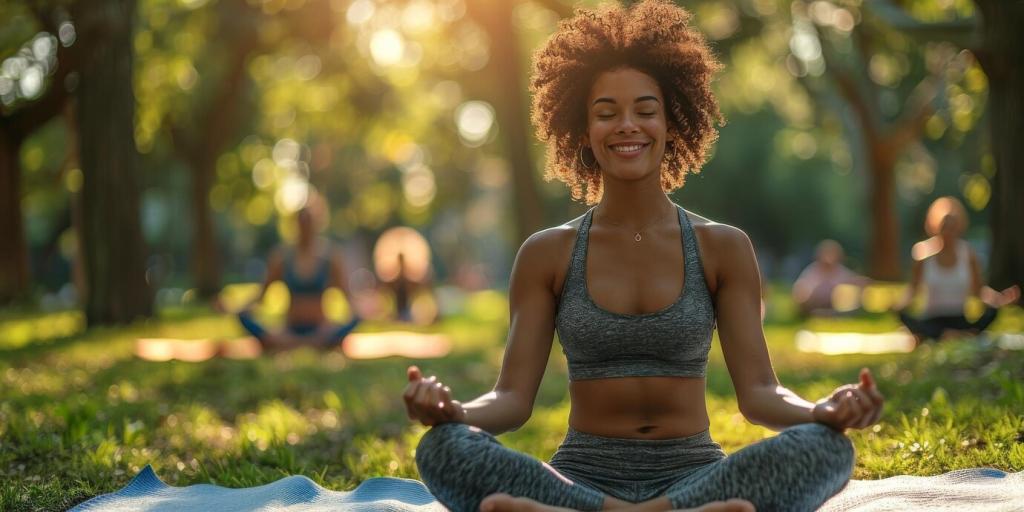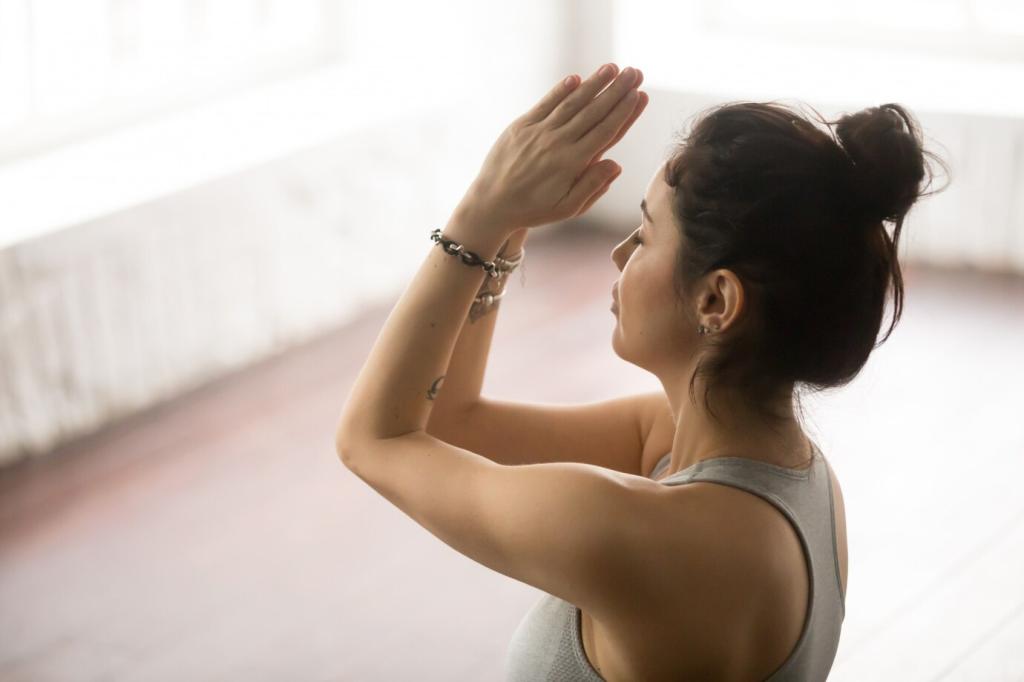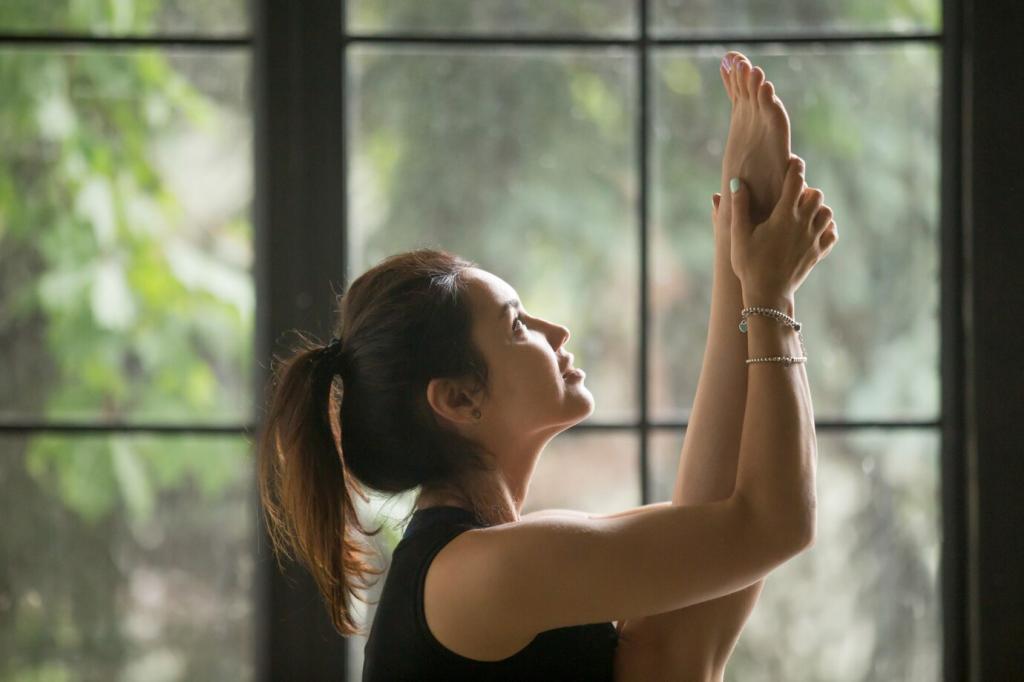Anatomy Insights for the Quest
External rotation stabilizes elbows; think biceps forward, triceps hug in. Rotator cuff work—banded external rotations, Y-T-Ws—supports this pattern so your shoulders feel like pillars, not hinges, when you bear weight upside down.
Anatomy Insights for the Quest
Rectus abdominis and transverse abdominis co-contract with glutes to manage pelvic tilt. Practice supine hollow holds to imprint alignment, then translate that memory onto your hands. Consistency here pays dividends across every inversion.
Anatomy Insights for the Quest
Shorten the lever to find balance faster: tuck knees or bring shins onto triceps. As control improves, lengthen slowly. Understanding levers turns courage into calculation, making each attempt more predictable and repeatable.
